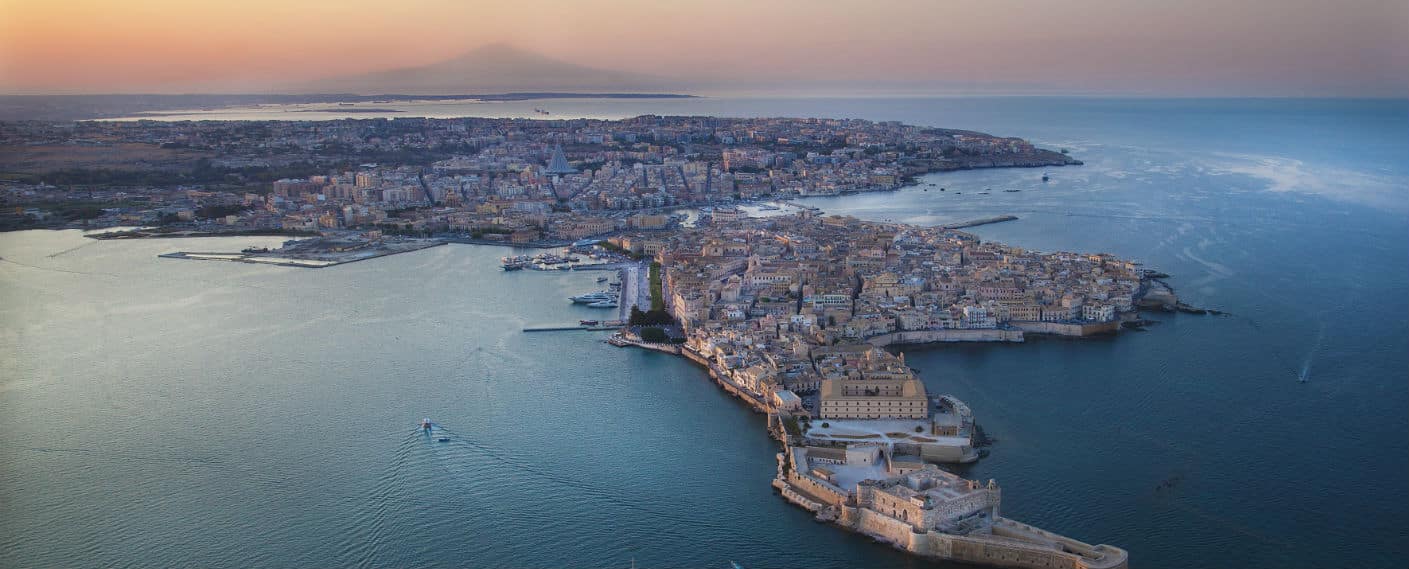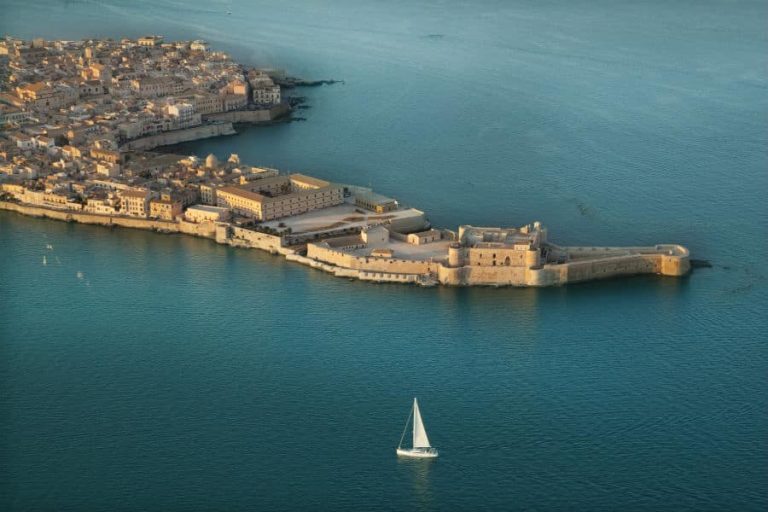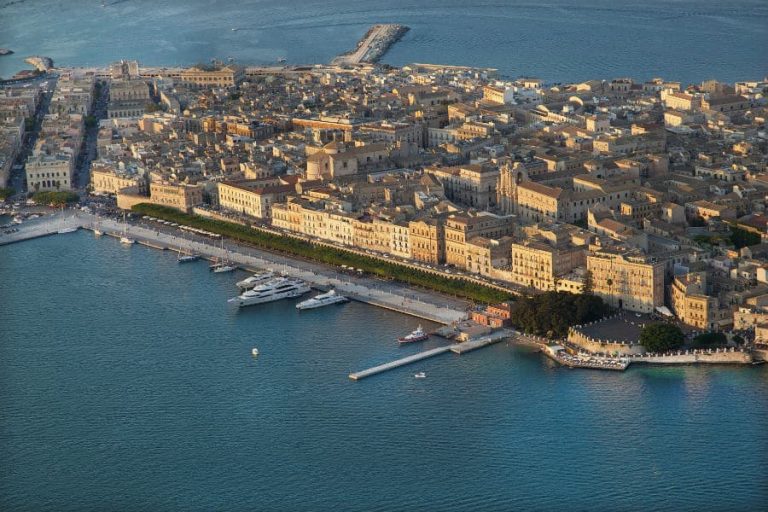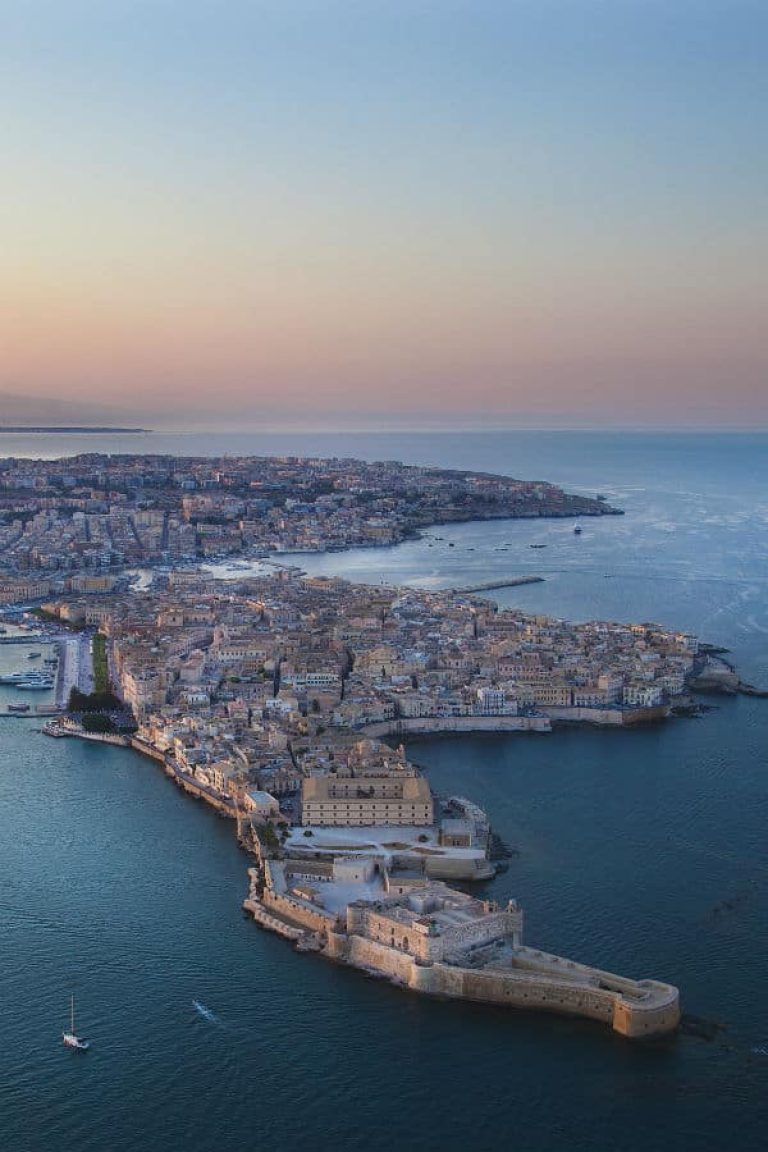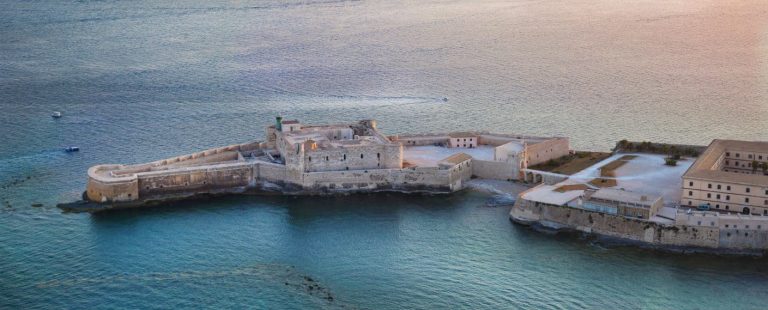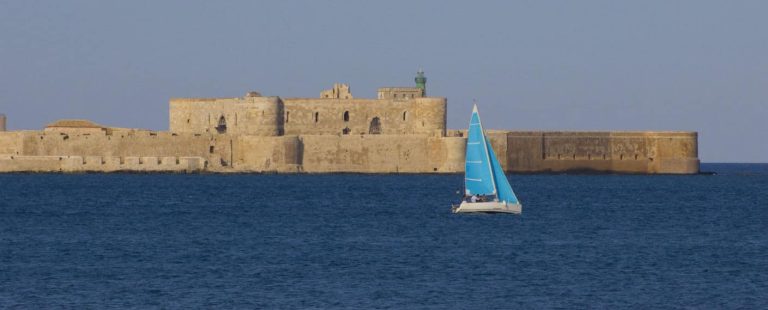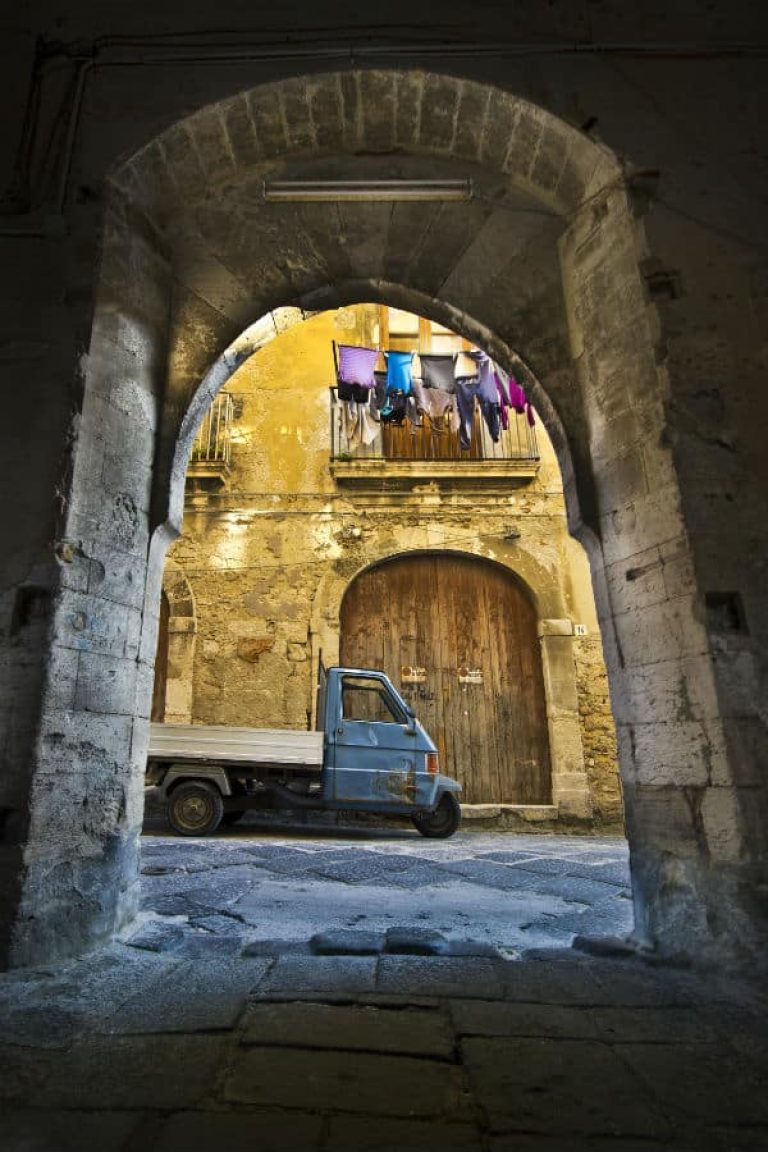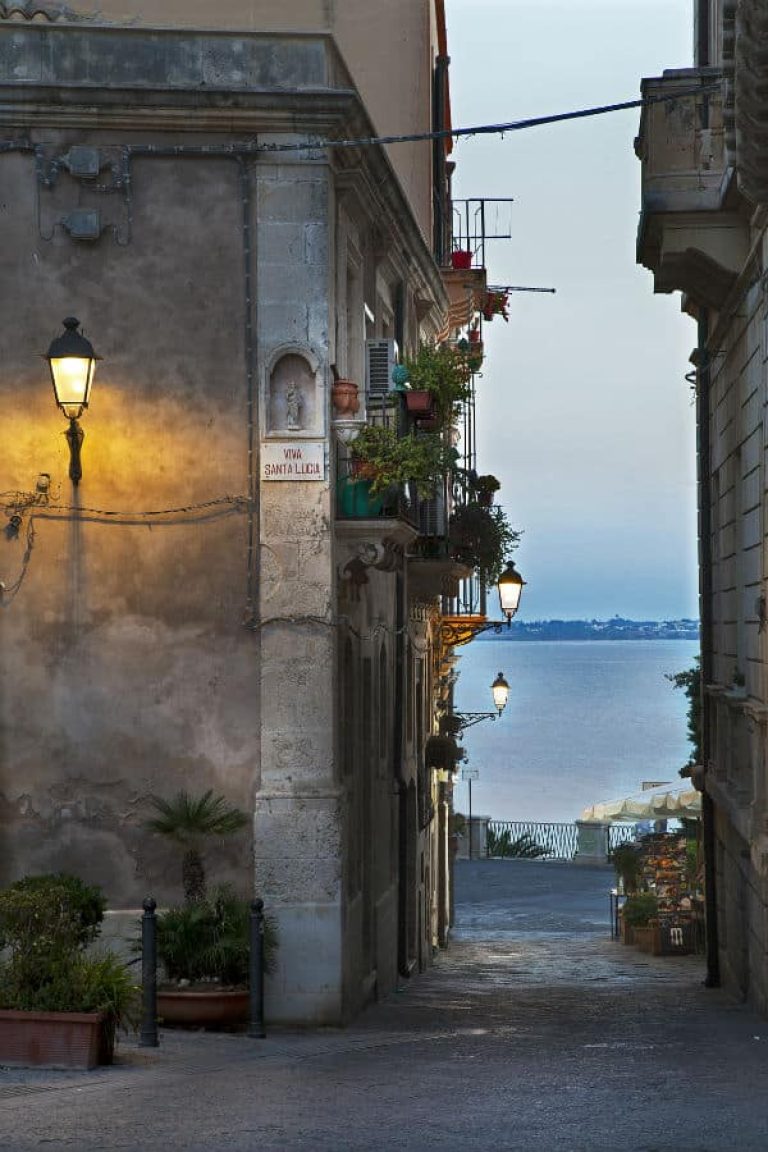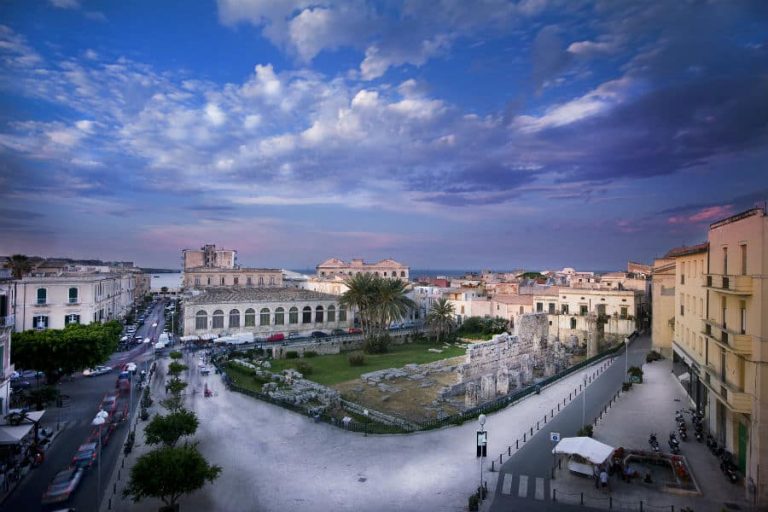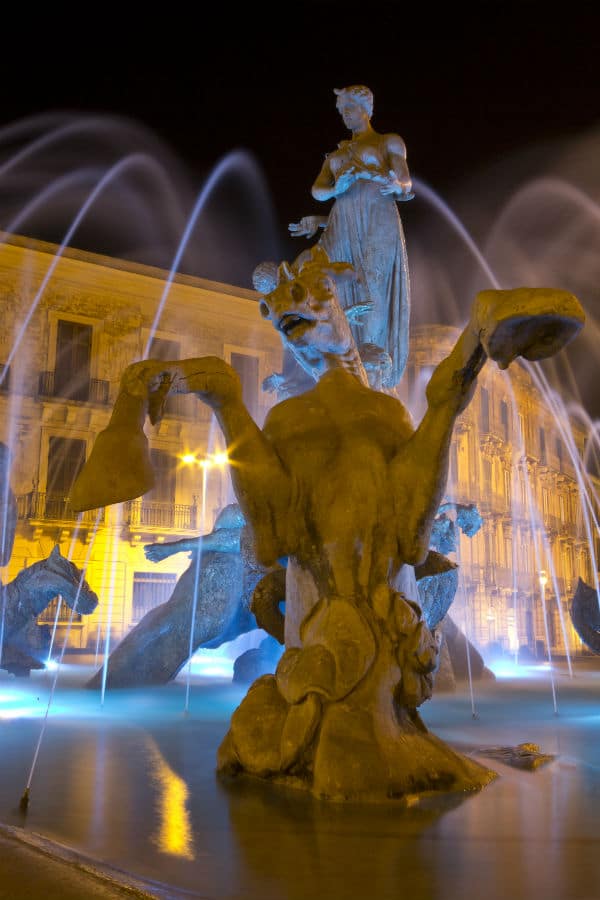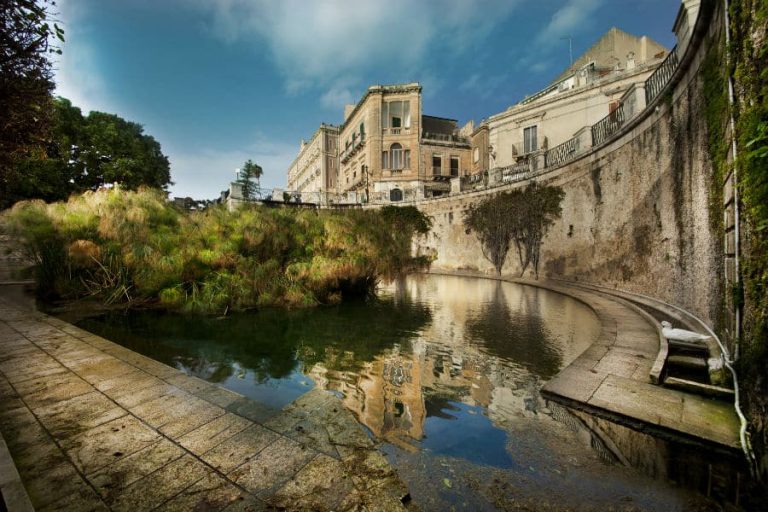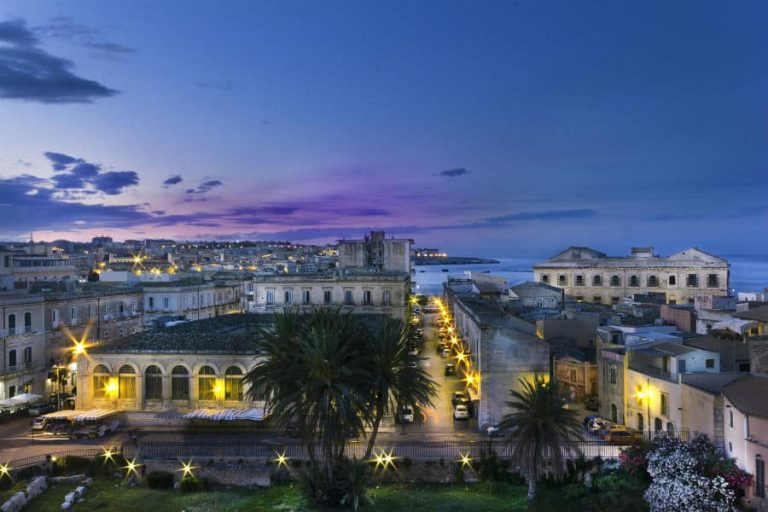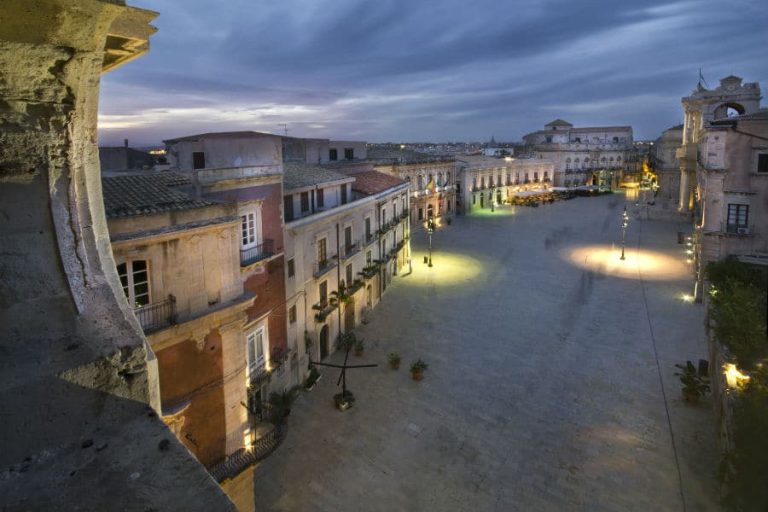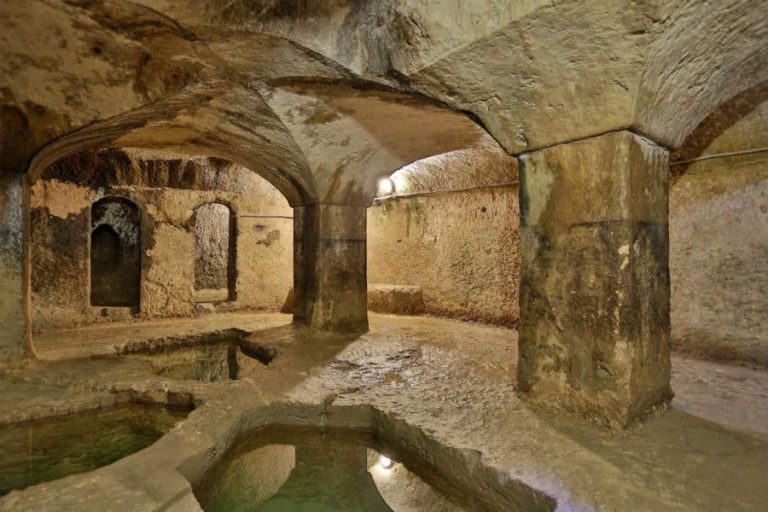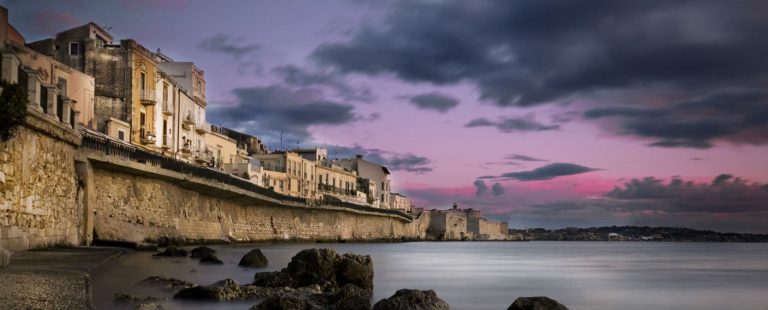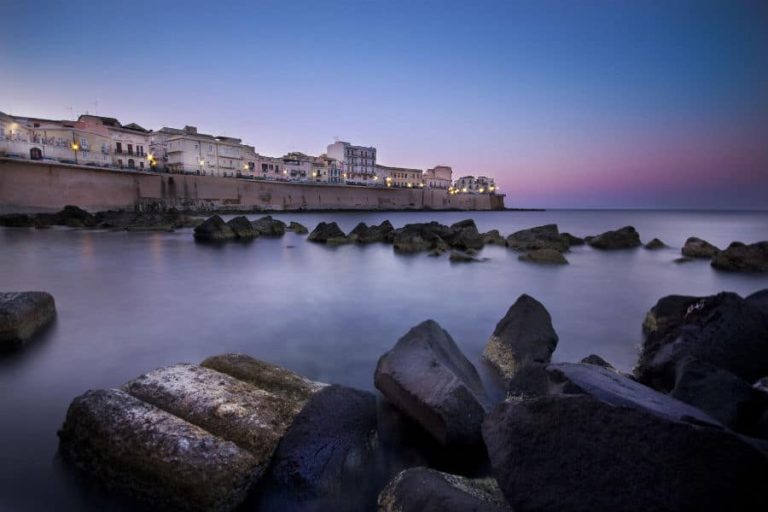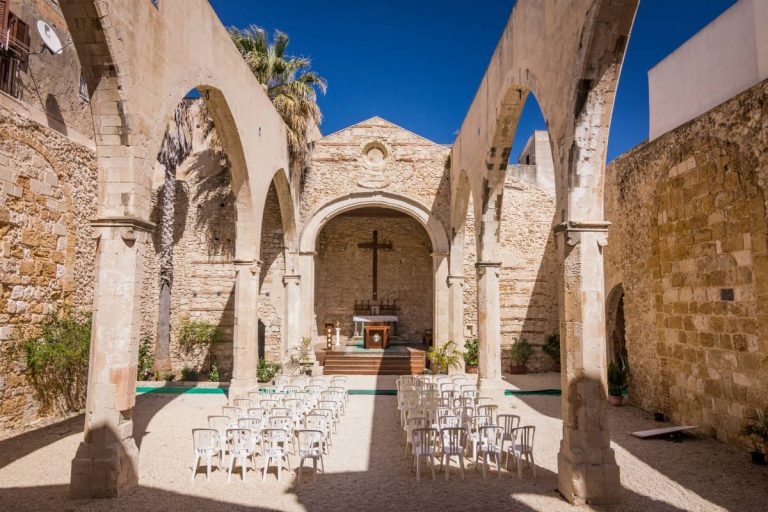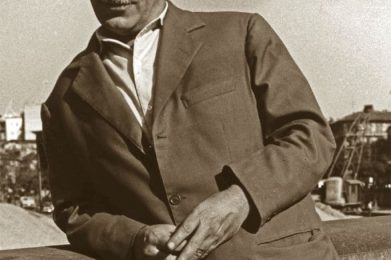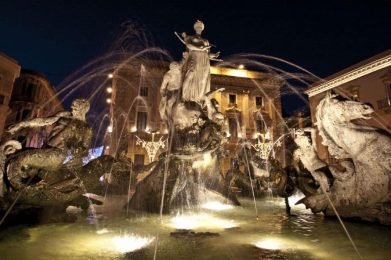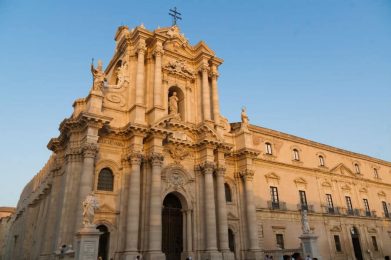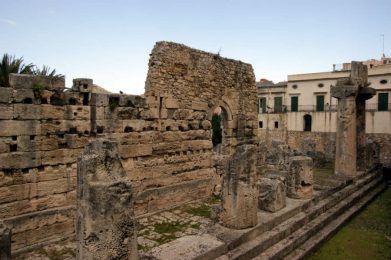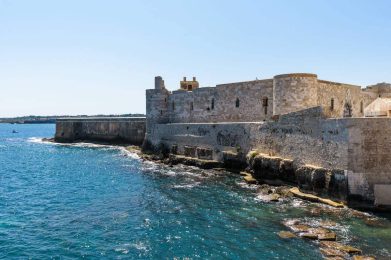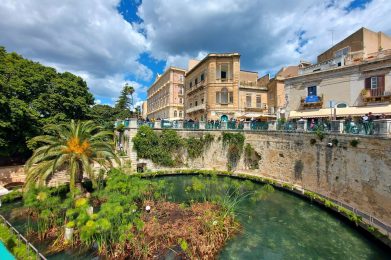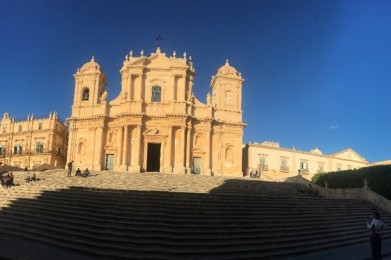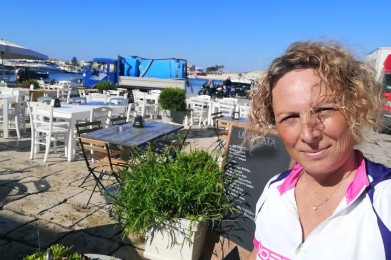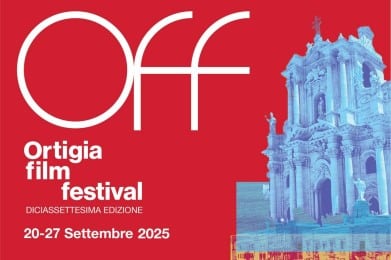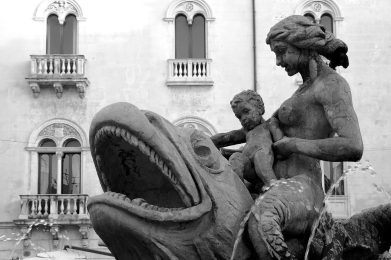The island of Ortigia, or l'Ottiggia in Syracuse dialect, is the oldest nucleus of Syracuse and one of the brightest pearls of Sicily. Separated from the mainland by a thin arm of the sea and connected by two bridges (the Umbertino Bridge and the Santa Lucia Bridge), Ortigia covers little more than a square kilometer but encompasses a historical, artistic and mythological density that has no equal.
An origin as old as civilization
The name Ortigia derives from the ancient Greek ortyx (ὄρτυξ), meaning quail, and refers to archaic myths such as that of Asteria, who was transformed into a quail and then to the island itself. It was on Ortigia that, according to legend, Latona gave birth to Apollo and Artemis, deities who would find worship and veneration throughout the Mediterranean.
But it is not only mythology that makes Ortigia a special place: excavations have unearthed Bronze Age settlements, circular huts from the Thapsos culture (14th century B.C.) and traces of a life that was already flourishing before the arrival of the Greeks. It was precisely the Corinthian settlers who, in the 8th century B.C., founded the first inhabited nucleus of Syracuse here, pushing the Sicilian populations inland, although some of them continued to coexist on the island.
Sacred and political center of Greek Syracuse
In Greek times, Ortigia was the political and religious hub of the city. Here arose the Via Sacra, which connected monumental temples such as the Artemision and the Athenaion, the latter later transformed into the marvelous Cathedral of Syracuse, an architectural unicum integrating Doric columns within a Baroque cathedral.
Ortigia housed the palace of the tyrants, was protected by mighty walls, and possessed two strategic ports (Porto Grande and Porto Piccolo) that made it a key military bastion. During the Roman siege of 212 B.C., it was the last stronghold to fall, ingeniously defended by Archimedes' machines.
Byzantine capital and medieval stronghold
With the decline of the Roman Empire, Ortigia once again became the beating heart of the city, even coming to house the seat of the Byzantine emperor Constant II. After ups and downs and invasions, the island experienced a dramatic siege in 878 AD by the Arabs, who decreed its demise as an autonomous capital.
In the following centuries, under Spanish rule, Ortigia changed its face: palaces and churches were rebuilt in Sicilian Baroque style, with Catalan and Aragonese influences. A fascinating and articulate urban planning was born that enchants visitors today, making it an architectural gem comparable to Noto.
Decadence and rebirth
Between the seventeenth and nineteenth centuries Ortigia experienced difficult periods, culminating in urban decay in the 1970s. However, thanks to major redevelopment projects, such as the European Urban program, the island has been reborn: today it is dotted with boutique hotels, gourmet restaurants, museums such as the Sea Museum, and art galleries.
Ortigia in cinema and culture
Ortigia's charm has not gone unnoticed by filmmakers and artists. It has hosted filming for Italian and international movies: from Giuseppe Tornatore to Margarethe von Trotta to Roberto Benigni, who bought a residence there. It is also home to events such as the Ortigia Film Festival and the Ares Film Festival, which celebrate the link between the island and the silver screen.
What to see today in Ortigia
A walk on the island is an immersion between eras and civilizations:
-Temple of Apollo: the oldest in Sicily, dating back to the 6th century BC.
-Fonte Aretusa: freshwater mirror linked to the legend of the nymph Arethusa and the god Alphaeus.
-Duomo of Syracuse: extraordinary fusion of Greek temple and Christian church.
-Castle Maniace: mighty Swabian fortress on the tip of the island, commissioned by Frederick II.
-Market of Ortigia: a not-to-be-missed stop to experience Sicilian scents and flavors.
-Piazza Duomo and Via Roma: beating hearts of urban life, among historic buildings and artisan stores.
Ortigia Today
Today Ortigia is a microcosm where history, art, myth and contemporary life coexist. In the evening it comes alive with elegant clubs, restaurants with seafood cuisine and small squares where time seems suspended. It is a place where every stone tells a story and where the soul of Sicily is expressed in its most authentic form.

